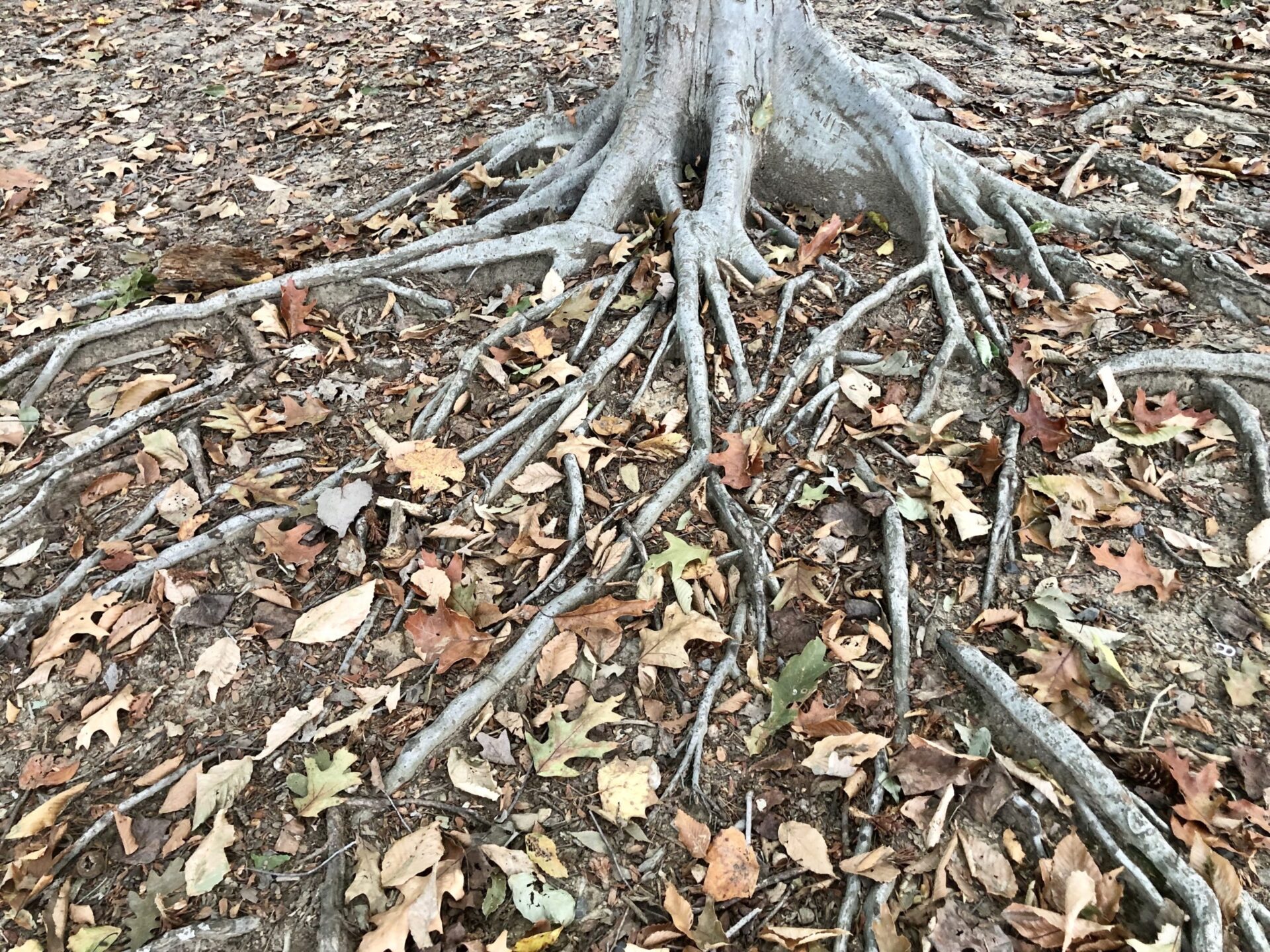Tree roots can be a source of many plumbing problems for homeowners. Roots are known to damage water mains, cause flooding and backing up sewage. The truth is the roots aren’t to blame. They are just doing what roots naturally do–look for moisture and nutrients. It just so happens that sewage contains moisture and nutrients. Sometimes sewage lines leak. Roots speedily find those leaks leading to frustration for homeowners like blockages and broken pipes.
The last thing you want as a homeowner is an unsanitary high cost sewage pipe repair.
Here are some tips to prevent tree roots from invading your sewer lines.
Safe plants
Preventing damage begins by planting smaller plants near the sewer line. Bushes and shrubs are safe landscape plants. Grasses and flowers are also safe to plant near sewer lines as their roots don’t reach down very far. Plant trees far enough away that their roots are unable to reach the sewer lines.
Chemicals
Chemicals can be used to prevent unwanted plant growth. Copper sulfate and potassium hydroxide are consumer grade chemicals used to dissuade plants from growing in undesirable areas. Copper sulfate is a bluish chemical and has been used for hundreds of years in pest control. Before being used to prevent plant growth, copper sulfate was used in the 1800s protect wine grape crops.
To prevent root growth, these chemicals are spread in the area near the sewer line.
What to look for
Frequent clogs in your drains might indicate tree roots in your sewer line. Event partial clogs may be caused by roots in your pipes. These partial clogs can cause drain backups and gurgling noise. You can rent sewer cleaning equipment to remove blockages, but if it is root related, the fix will be temporary.
Don’t let roots ruin your plumbing. If you encounter frequent clogs, backing up, and gurgling noises in your drains, it might be time to call a professional to check out your sewer line. Your sewer line should be checked every 3 to 5 years as part of normal plumbing maintenance. A professional from Master Plumbing can visually inspect the pipe using a camera. A professional will identify damaged areas of the sewer line and determine the best course of action to repair the pipe.

